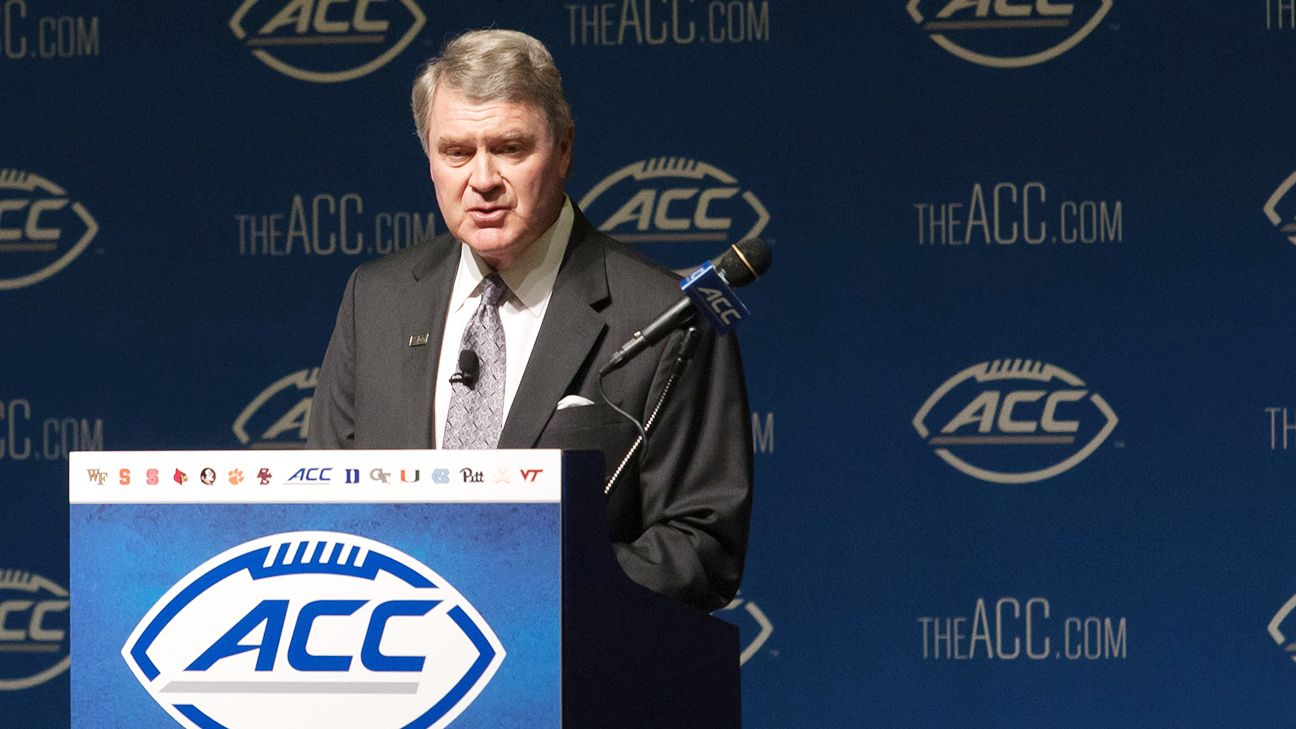- Joined
- Aug 17, 2020
- Posts
- 30,417
- Reaction score
- 45,840
- Bookie:
- $ 20,806.00
- Location
- Fence Rider Extraordinaire
My thinking is (and it may well be wrong) that if their exit from the ACC is imminent anyway, maybe they let them leave early with a big buyout similar to the Texas/OU deal but instead of a lump sum and go, a pay a lump now (not as big as TX/OU) then several payments over the years to compensate other members of the ACC until the deal expires.
We're talking a half billion dollars through the life (13 more years) of the GOR.
$39.4 million X 13 = $512 million
TX/OU paid nearly double ($50 million each) the annual Big 12 payout just to get out one year early.
So a deal similar to TX/OU could approach a billion dollars per exiting team.
To top that off the GOR states the ACC can collect the media rights of any exiting teams paid by the SEC or Big 10. Therefore the billion dollars could be a conservative number.
Say FSU, Clemson, and UNC bolt.....
That's $3 billion to be dispersed to the remaining 11 ACC teams over the 13 years remaining on the GOR.
i.e. A $24.7 million annual pay raise for the 11 remaining ACC teams.
$39.4 million + $24.7 million (pay raise) = $64.1 million annual payout to the remaining ACC teams.
I'm sure they're saying "Yeah, get the fuck out" to FSU, Clemson, UNC.
I'm not going to guesstimate how much of that will go to the newbs Cal, Stanford, SMU. I'm just keeping it simple here. I believe SMU gets none of it for 9 years though.

